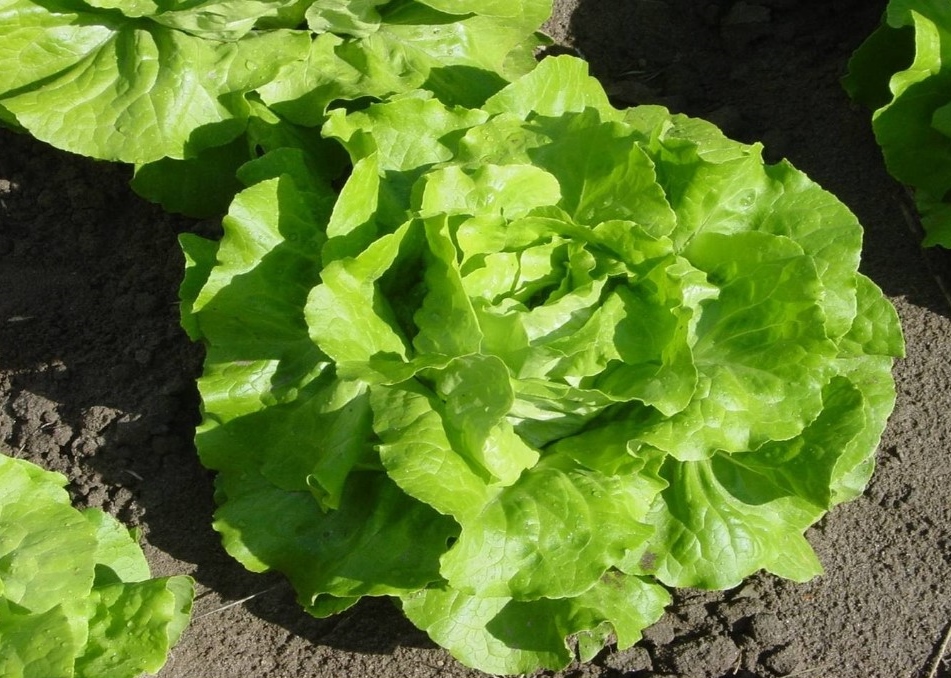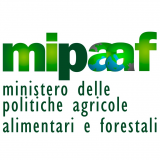
The first documents that speak of horticulture in the Lusia area are several handwritten notebooks dated 1930. The term “insalata” is used, which at that time still meant either lettuce or endive. But, in 1933, the words “latuga” or “salata” appear meaning "Cappuccia lettuce”.
The post-war period, characterized by destruction and famine, provided an opportunity to plant horticultural products in the cities surround Lusia and expand vegetable growing in the area.
The cornerstone product for vegetable growers became lettuce and, given the encouraging economic results, investment increased to prepare plots of land and provide drainage works and irrigation systems. The first statistical documentation dates from the 1950s and coincides with the founding of the Lusia Vegetable Centre.
The centre was founded to resolve problems arising from the poor organization of the producers and soon became a point of reference and symbol of the lettuce.
The experience that producers gradually acquired over the years, the varietal selections made by farms and then by seed companies and the advent of increasingly efficient means of transport able to maintain the freshness of the product, allowed the production of lettuce with a high level of quality.
In the 1960s, several Lusia traders who frequented the market of Verona noticed the “lattuga gentile” variety of lettuce. Traders, who in many cases also grew lettuce on their own farms, purchased seeds of this variety to grow it in Lusia as well.
”Lattuga gentile“ was introduced in the local market and from there it quickly spread throughout Northern Italy. It was an immediate commercial success and ”lattuga gentile" was soon grown on most local farms.
Today, Insalata di Lusia IGP in the two varieties Lattuga Cappuccia and Lattuga Gentile is recognized as a high quality, fresh and genuine product to the point of specifying its provenance in quotations of the Milan market and in other wholesale markets where they are sold.
The Product
Insalata di Lusia IGP is lettuce belonging the Asteraceae Lactuca sativa family and comes in two varieties: “Capitata” or “Cappuccia” and “Crispa” or “Gentile”.
The Protected Geographical Indication is reserved for vegetables that have a stem that is fleshy and short, with a length varying from 2 to 6 cm, high crispness and high turgidity of the leaves and the absence of fibrosity and lignification.
Lattuga Cappuccia IGP has a compact, wavy leaf, with the entire edge a bright medium green, while the Gentile variety has a pimply leaf with jagged edge and a bright light green color.
Insalata di Lusia IGP contains vitamins A and C, calcium and iron, is rich in fibre and is known for its refreshing and depurative qualities.
The lettuce is rich in folic acid, a hormonal system regulator. Plus, due to the presence of latex, with which the Cappuccia variety is very rich, the lettuce is a mild analgesic and excellent relaxant.
Production
Insalata di Lusia IGP refers to crops grown in soils with a “loose” or “loamy” substrate with not less than 30% sand and not more than 20% clay.
Harvesting begins when the heads weigh at least 150 grams for the Gentile variety and 200 grams for the Cappuccia variety. It is important that they be harvested and delivered in a maximum of 6 hours.
The grooming process, which involves removing the lower leaves and washing of the head, must be carried out in the field in order to avoid further handling that would cause the quality of the product to deteriorate.
The final product must be packaged in containers exclusively with lettuce of the same variety, origin, category and size; the upper part of the packaging must also be protected by a transparent barrier exclusively showing the logo of the PGI “Insalata di Lusia” that allows both visibility and transpiration.
The Area
The production area includes part of the Provinces of Rovigo and Padua, suitable for growing lettuce. The area is characterized by loose soils and flat terrain with good availability of irrigation water in the shallow aquifer.
The soil has these characteristics because close to the Adige River that, with the flooding of the past and the water management of the present, allows the cultivation of vegetables over a large area.
By Consorzio di tutela dell'Insalata di Lusia



